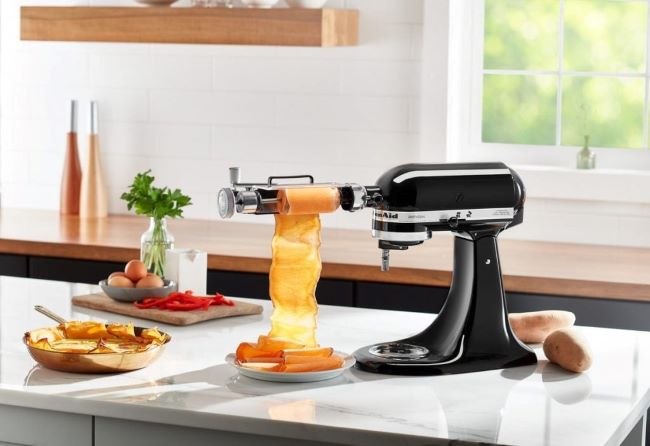Tapping is the process of cutting or creating threads inside a hole. Although it can be done by hand, you can also use specialist equipment for machine tapping. Either way, picking the right tap tool for the job will help you achieve a seamless and super-accurate result. Here are some things to consider before you begin your project.

Types of Taps:
1. Spiral Point Tap
2. Spiral Flute Tap
3. Straight Flute Tap
4. Roll Tap
5. Hand Tap
Things to Consider
When selecting a tap, you’ll want to consider these factors for best results:
Hole Preparation: This stage of preparation is incredibly important to the overall process. That’s because it will significantly affect thread size, finish and tap performance. Make sure the hole is drilled to the correct size, check the finish and align with the tap’s centre line.
Hole Type: Consider whether the hole is straight or tapered. This especially affects the process when machine tapping.
Material Machined: Choosing the right tap material is key for optimal swarf behaviour. You can pick from general-purpose taps and high-performance taps that are specific to your material.
Machine Tapping Considerations
Type of machine: Are you using a manual, CNC or electric tapping machine? For those seeking electric tapping machines, you can find information and advice from specialists such as www.cotswold-machinery-sales.co.uk/roscamat-tapping-machines/electric-tapping-machines/roscamat-tiger-electric-tapping-machine/.
Tapping attachment: What type of tapping attachment is being used?
Rigid Tapping: If employing rigid tapping, a Synchro Rigid Tap Chuck is essential.
Hole Type: Is it a through hole or a blind hole?
Types of Taps and Their Applications
Spiral Point Tap (for through holes): The spiral point design propels cuttings forward, allowing them to exit through the opposite end of the drilled hole. It is ideal for through holes.
Spiral Flute Tap (for blind holes): Designed for blind holes, the spiral flute tap draws cuttings upwards and away from the hole, ensuring efficient tapping.

Roll Tap (for material deformation): Roll taps deform the material to form threads, eliminating swarf. They are suitable for both through and blind holes depending on your material ductility.



